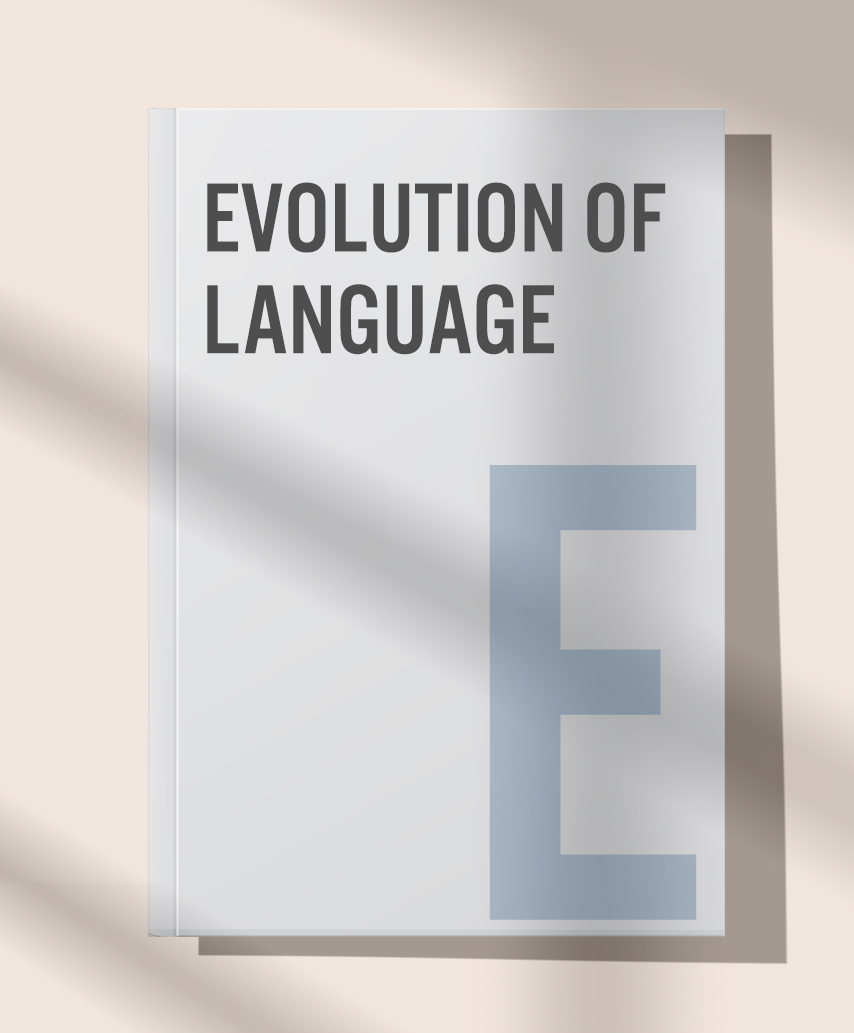I am writing a book for Profile Books of the UK and Liveright publishers in the US (an imprint of WW Norton) on language evolution, entitled How Language Began. My latest paper, dated April 2016, is part of this larger book project and has been submitted for publication to the Journal of Neurolinguistics. It argues that language is primarily a tool for communication, not primarily a means of thought expression. It makes the case that language has its roots in intentional iconicity of Australopithecines and probably had reached the level of a G1 grammar (linear ordering of symbols + gestures) some 2.5 million years ago. Other forms of language, e.g. hierarchical, recursive grammars, are later embellishments that are neither necessary nor sufficient to have human language. The paper looks in detail at the evolution of culture among early hominins and how gap between indexes and icons to symbols might have been bridged. It then discusses the basic composition of phonology, morphology and syntax. The paper rejects the idea of a proto-language, as it also rejects the “X-men” view of language evolution/mutation proposed in Berwick and Chomsky (2016). Click here to read it!
Evolution of Language

Here is an interview with me about my understanding of language complexity. The interview is by Geoffrey Sampson, David Gil, and Peter Trudgill, as the final chapter in their forthcoming book, Language Complexity as an Evolving Variable, to appear from Oxford University Press.
Here is the printout for a powerpoint of my plenary lecture: Cognitive Fire: Towards a practice of Ethnogrammar, for the Deutsche Gesellschaft für Sprachwissenschaft (DGfS), Humboldt-Universität zu Berlin, February 23–26, 2010.